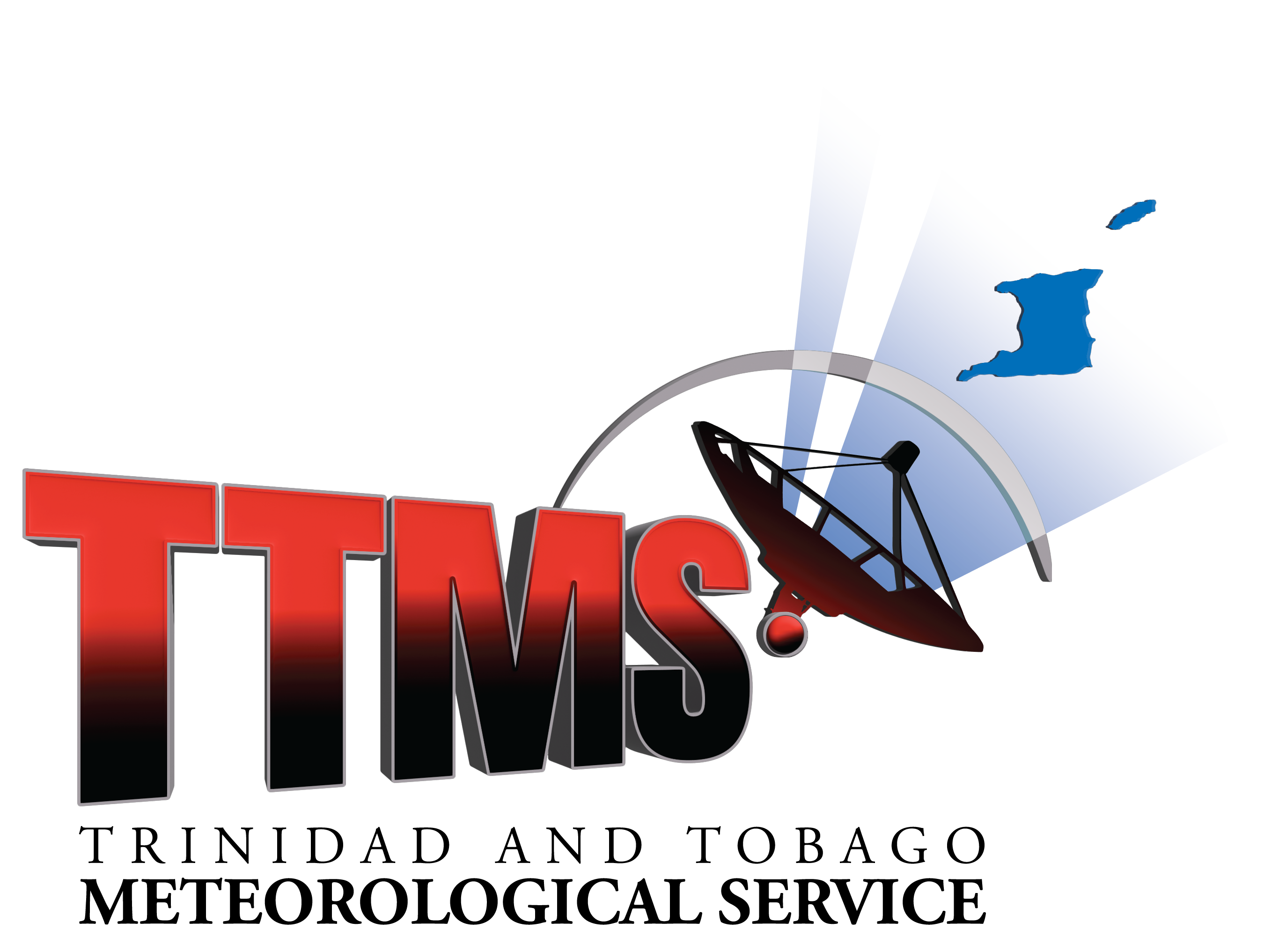Glossary of Meteorological Terms: A - P
Anti-cyclone - An area of high pressure around which the wind blows clockwise in the Northern Hemisphere and clockwise in the Southern Hemisphere. Also called a high.
Apparent Temperature - What the air ‘feels like‘ for various combinations of air temperature and relative humidity.
Atmosphere - The envelope of gases that surround a planet and are held to it by the planet‘s gravitational attraction. The earth‘s atmosphere is mainly nitrogen and hydrogen.
Atmospheric Greenhouse Effect (The Greenhouse Effect) - The warming of an atmosphere by its absorbing and emitting infrared radiation while allowing short wave radiation to pass on through. The gases mainly responsible for the earth‘s atmospheric greenhouse effect are water vapour and carbon dioxide.
Barograph - A recording barometer.
Barometer - An instrument that measures atmospheric pressure. The two most common barometers are the mercury barometer and the aneroid barometer.
Carbon Dioxide (CO2) - A colourless, odourless gas whose concentration is about 0.036 percent in a volume of air near seas level. It is a selective absorber of infrared radiation, and consequently, it is important in the earth‘s atmospheric greenhouse effect.
Carbon Monoxide (CO) - A colourless, odourless, toxic gas that forms during the incomplete combustion of carbon-containing fuels.
Celsius Scale - Temperature scale where zero is assigned to the temperature where water freezes and 100 to the temperature where water boils (at sea level).
Climate - The accumulation of daily and seasonal weather events over along period of time.
Cloud - A visible aggregate of tiny water droplets and/or ice crystals in the atmosphere above the earth‘s surface.
Cold Front - A transition zone where a cold air mass advances and replaces a warm air mass.
Condensation - The process by which water vapour becomes a liquid. Conduction - The transfer of heat by molecular activity from one substance to another, or through a substance. Transfer is always from warmer to colder regions.
Coriolis Force - An apparent force observed on any free moving object in a rotating system. On the earth, this reflective force results from the earth‘s rotation and causes moving particles (including wind) to deflect to the right in the northern hemisphere and to the left in the southern hemisphere.
Cyclone - An area of low pressure around which the winds blow counter-clockwise in the northern hemisphere and clockwise in the southern hemisphere.
Density - The ratio of the mass of a substance to the volume occupied by it.
Dew - Water that had condenses onto objects near the ground when their temperatures have fallen below the point of the surface air.
Doldrums - The region near the Equator that is characterised by low pressure and light , shifting winds.
Drought - A period of abnormally dry weather sufficiently long enough to cause serious effects on agriculture and other activities in the affected area.
Evaporation - The process by which a liquid changes into a gas.
Eye - The region at the centre of a hurricane (or tropical storm) where the winds are light and the skies are clear to partly cloudy.
Eye wall - A wall of dense thunderstorms that surround the eye of a hurricane.
Fahrenheit Scale - A temperature scale where 32 is assigned to the temperature where water freezes and 212 to the temperature where water boils (at sea level). Flash Fl
